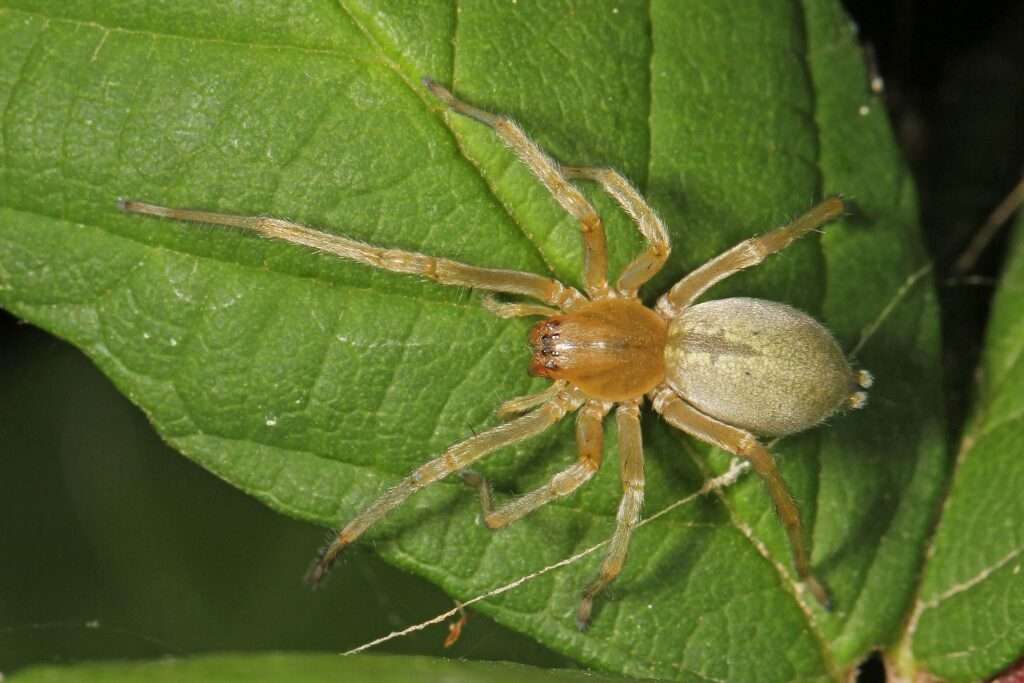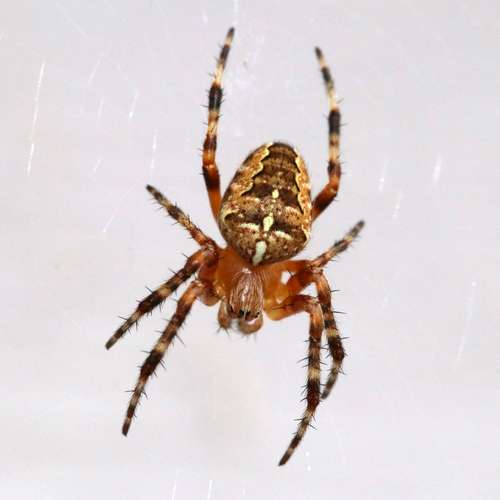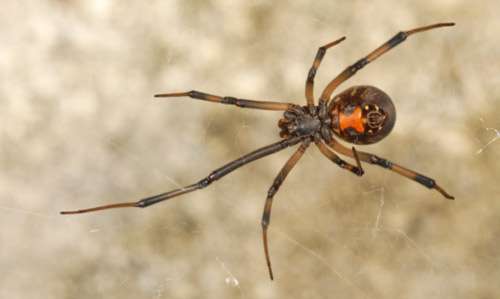
A species of spider belonging to the Cheiracanthiidae family is called Cheiracanthium mildei. The popular name for C. mildei is the northern yellow sac spider, which it shares in part with many other spiders in its genus.
Geographic range
C. Mildei is indigenous to Central Asia, North Africa, and Europe. It is made available in the US and some of South America. It is abundant in northeastern eastern Canada and the United States.
Habitat
It can be found both inside and outside of homes.
Food
Any tiny invertebrate for food (e.g. insects).
Description
Color
Typically, these spiders have a pale green or tan body with darker brown chelicerae and palpi. A typical adult spider measures 7–10 millimetres (0.3–0.4 in) in length. Each limb has two double claws at the end, with the front pair being noticeably longer.
Eyes
The eyes have a tapetum lucidum that, when illuminated, reflects light back to the source, indicating that these spiders have great eyesight and are swift hunters of prey. Even though this spider can bite people, the consequences seem to be minimal.

Life Cycle
Females lay between 30 and 48 eggs after mating, protect them with a fine, white silken sac, and cover them. The egg sacs might be discovered in safe regions or even concealed behind a folded leaf. Sac spiders in all stages produce a silken cell, or “sac,” in which they sleep while not in motion.
Biology
Spider that hunts at night. coils a leaf or retreats between two leaves. Prior to the 1950s, this spider was not prevalent in North America, but it has subsequently become widespread. It was only recently discovered in grapes, where it is rapidly spreading.
Table





